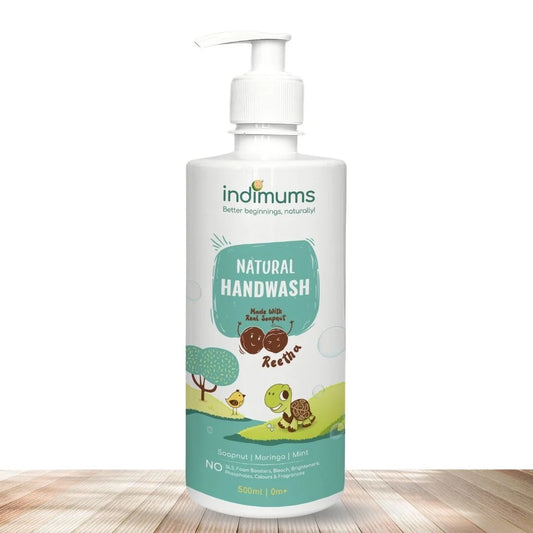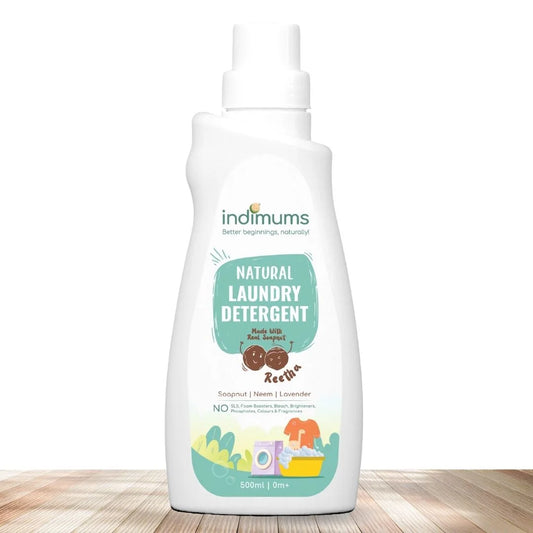As a new parent, it's natural to be concerned about every little change in your baby's health, especially when it comes to their delicate skin. One common concern that many parents face is baby rashes. From diaper rash to heat rash, the array of potential skin irritations can be overwhelming. However, with the right knowledge and care, you can effectively manage and treat these rashes, ensuring your little one stays comfortable and happy.
What Are Baby Rashes?
Baby rashes, also known as infant rashes, are common skin irritations that can appear on your baby's delicate skin. These rashes can manifest in various forms, ranging from minor redness to more severe bumps or blisters. They can occur on any part of your baby's body, including the face, body, and diaper area.
Common Types of Baby Rashes
-
Diaper Rash: Perhaps the most well-known baby rash, diaper rash occurs due to prolonged exposure to wetness and irritants from urine and feces. It typically appears as red, inflamed patches on the baby's buttocks, genitals, and thighs.
-
Heat Rash in Babies: Heat rash, also known as prickly heat, occurs when sweat ducts become blocked, leading to tiny red bumps or blisters. It commonly appears in areas where clothing fits snugly against the skin, such as the neck, chest, and diaper area.
Should You Worry About Baby Rashes?
While baby rashes can be concerning, most are harmless and easily treatable with proper care and attention. However, in some cases, rashes may indicate an underlying condition that requires medical attention. If you notice any of the following signs, it's essential to consult your pediatrician:
- Fever: If your baby develops a fever along with a rash, it may indicate an infection that requires medical treatment.
- Blisters or Pus: Rashes with blisters or pus-filled bumps may be a sign of a bacterial or viral infection.
- Persistent Rash: If a rash persists or worsens despite home remedies, it's important to seek medical advice.
Treating and Preventing Baby Rashes
-
Keep the Skin Clean and Dry: Regular diaper changes and gentle cleansing can help prevent diaper rash. Opt for natural, gentle cleansers like those derived from Soapnut, such as our Indi Mums Baby Soapnut Cleanser, to avoid harsh chemicals that may irritate your baby's skin.
-
Use Gentle Products: Choose baby products that are specifically formulated for delicate skin and free from harsh chemicals and fragrances. Our Indi Mums range offers the best natural detergent for baby clothes, ensuring your little one's garments are clean and free from irritants.
-
Allow Air Circulation: Whenever possible, give your baby's skin some time to breathe by allowing them to go diaper-free or dressing them in loose-fitting clothing.
Natural Remedies for Baby Rashes
In addition to gentle skincare practices, certain natural remedies can help alleviate baby rashes:
- Oatmeal Baths: Adding colloidal oatmeal to your baby's bathwater can soothe irritated skin and reduce inflammation.
- Coconut Oil: Applying a thin layer of coconut oil to affected areas can help moisturize the skin and provide relief from itching.
- Aloe Vera Gel: The cooling properties of aloe vera gel can soothe inflamed skin and promote healing.
Conclusion
While baby rashes can be distressing, they are a common part of infancy and can usually be managed effectively with proper care and attention. By understanding the different types of rashes, taking preventive measures, and using gentle, natural products like those from our Indi Mums range, you can help keep your baby's skin healthy and happy. Remember to consult your pediatrician if you have any concerns or if a rash persists despite home remedies. With the right approach, you can ensure your little one's skin stays soft, smooth, and rash-free.




